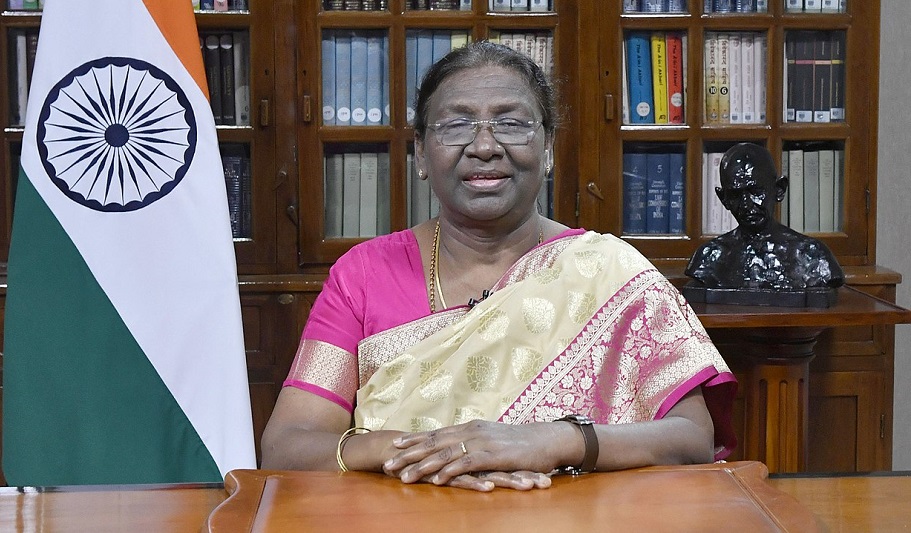
President Murmu Questions Court’s Assent Timeline Ruling
In a significant development concerning the separation of powers under India’s Constitution, President Droupadi Murmu has raised critical questions before the Supreme Court regarding its recent directive that imposes a timeline on the President and Governors to decide on bills passed by state legislatures. The move comes in the wake of a Supreme Court judgment mandating that the President must act on bills referred under Article 201 within three months — a deadline not explicitly defined in the Constitution.
President Murmu’s Constitutional Concerns
The President’s query pertains to whether the judiciary can impose procedural deadlines on constitutional authorities in the absence of any express provisions. Articles 200 and 201 of the Constitution vest discretionary power in Governors and the President, respectively, to assent to, withhold, or reserve bills passed by state legislatures. President Murmu’s intervention underscores her concern that judicial prescriptions may be encroaching upon the executive’s discretion under the Constitution.
She has reportedly sought clarification on whether the courts have the constitutional authority to dictate how and when the President or a Governor must exercise this discretion, especially when the Constitution itself does not stipulate any time-bound framework for such assent. The concern raised points to an increasing judicial footprint in areas traditionally left to executive prudence.
The Supreme Court’s Earlier Verdict
The controversy traces back to a landmark verdict in a case involving the Tamil Nadu Governor, where the Supreme Court ruled that Governors cannot indefinitely delay decision-making on bills and must act within a “reasonable time.” Extending this logic to Article 201, the Court stated that the President too must not indefinitely defer action and ideally decide within three months of a bill being reserved.
This direction sparked constitutional debate, as it introduces a timeline into a domain where the Constitution is silent, raising questions about judicial activism and its limits.
The Broader Governance Debate
President Murmu’s engagement with the judiciary on this issue is not a challenge but a constitutional inquiry aimed at clarifying roles and ensuring checks and balances. Her move reflects growing institutional friction between the judiciary and the executive over interpretative authority and decision-making autonomy.
This development is likely to reignite a broader debate on constitutional governance — whether timelines can be read into provisions by courts in the name of administrative efficiency, or whether doing so blurs the foundational separation between judicial interpretation and executive discretion.


















